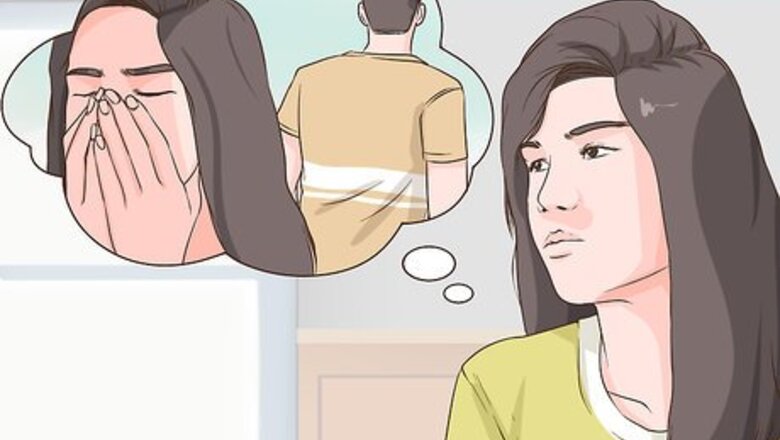
views
Dealing with Embarrassment

Reframe the situation. Don’t view this situation as a failure. Being rejected by someone doesn’t mean you have failed in some huge, measurable way. On the contrary, it means that you were brave and put yourself out there and gave yourself an opportunity to learn from your mistakes. Try to think of the rejection as an opportunity to grow as a person and figure out what works for you. Take some time to think about what you might’ve done differently to turn that rejection into an acceptance. This will help you learn from your mistakes and make changes for the future.

Don’t rush things. Rejection can be a difficult pill to swallow — it can create feelings of hostility, embarrassment, shame, and denial. Allow yourself to take it slow after an instance of rejection and to process all the feelings you have. The guy will need to process his feelings too. If you want to be friends again after he rejects you, you’ll need to give him a bit of time and space to figure out what he thinks about it too. This will help eliminate any potential awkwardness. Of course, the length of time that you need to wait will vary from situation to situation. But a good rule of thumb is to wait at least two weeks, or until you start feeling more comfortable with the idea of talking to him again.

Be yourself. Even if he rejected you, there was a reason you liked him in the first place. And clearly you got close enough to him to know that he likes you too (at least as a friend). Don’t change who you are just because you got rejected. Continue dressing the same, talking the same, and liking the same things that you did before the rejection, but also continue your normal activities online. Keep posting things to friends, pictures of yourself, and whatever you used to do before the rejection. Don’t ever change yourself for anyone. Your uniqueness is what draws people to you.
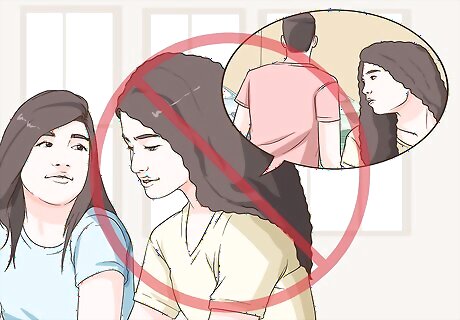
Avoid obsessing over the rejection. One of the hardest parts of communicating with a guy after he rejects you is letting it go. Don’t obsess over what you said, what you could have said differently, or how you might have handled the situation in another way. It happened; move on. Running through alternative scenarios in your mind over and over will only prolong your agony. Just accept that it happened and try to avoid thinking about it too much. Tell your friends that you don't want to rehash the rejection and that you'd like their support in not talking about it. If you find yourself obsessing over the situation, try distracting yourself by doing something else. Call a friend to meet up or start watching a movie. Try rereading a book you love or going for a walk outside.

Use this as an opportunity to become better friends. Try not to view this as a hurtful rejection, but more as an opportunity to get to know him better and possibly gain a good friend. Act in a civilized manner after he rejects you and show him you want to continue a friendship. Don’t ice him out and ignore him so you can pretend like what happened didn’t hurt you. Instead, make efforts to continue the friendship and get to know him better. If you want to reach out to him to try to maintain the friendship (or start one in the first place), you could try to talk to him about it. Tell him that you value him as a friend and you don’t want to lose the friendship. Invite him to hang out with you casually — like going to a movie or hanging out with a group of mutual friends.
Talking in Person
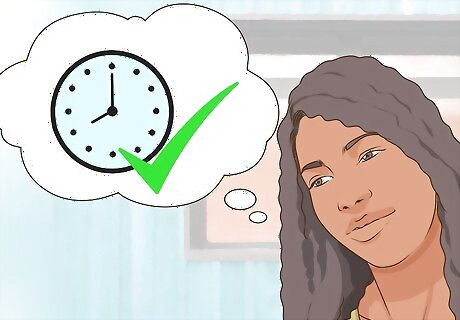
Wait for the right time to interact. Don’t try to push your way back into his life right after he rejected you; try to wait until you are both more comfortable. This process may take weeks, or maybe even months, to gather your courage to talk to him again. But just try to be patient and give yourself the time you need to heal and move on. You can tell when he starts being more comfortable by how he acts – if he starts treating you like he did before the rejection, then it is close to being back to normal. Some signs that it may be the right time to start trying to interact with him again include increased eye contact between the two of you, noticeably fewer awkward encounters, or if your mutual friends tell you that they think he will be receptive to it.

Use your friends as a buffer. Instead of sulking around like it’s the end of the world, spend more time with your friends. This is especially important if the guy who rejected you is part of your friend group. Hang out with your friends and show him that you aren’t just sitting around your house super depressed because of that happened. Have a party at your house and invite him. Or go with your friends to the movies, even when you know he’ll be there. Show him that you are a fun person to be around.
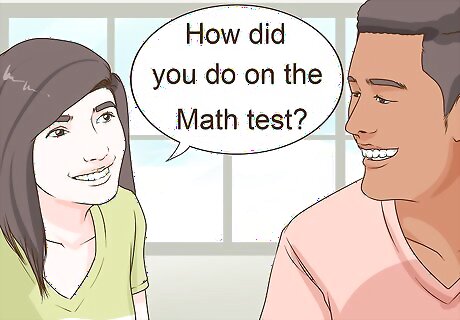
Engage in conversations. Starting conversations with someone who rejected you can seem difficult at first. But you’ll quickly get over the awkwardness after a little initial effort. Try to talk to him like you used to before he rejected you. If you struggle with this, try asking him questions about his life. This is a good way to get him to open up and for you to both move past what happened. Try asking questions like, “How did you do on the Math test?” or “Did your sister come home to visit this weekend?” or “What did you do this weekend?” Really, just ask anything to get him talking. If you are friends with the guy or became friends with him, avoid bringing up the rejection. It only makes things a bit uncomfortable and you might regret it. It just makes him feel bad that he had to reject you, for whatever reason. And it may seem like you cannot let go of the past.
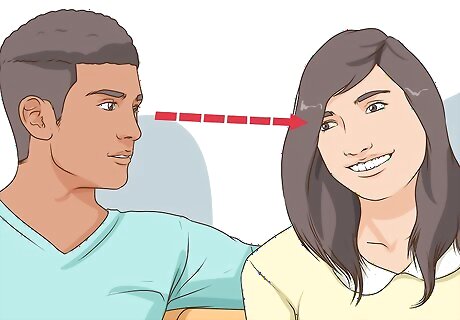
Try to be friends. Moving forward after a rejection can be difficult, and you’ll need to make a little effort if you want it to work. Try to forget about any embarrassment you may feel from the situation. Make the effort to be friends and show him that you’re not a person who can’t handle it. Stand by him in lines and talk to his friends. Make sure you glance at him in classes. And if he stares back, there’s a good chance he might want to talk. This will help make him think you're not afraid of talking with him. Treat him like any other person you would normally talk to.
Communicating Online

Use social media. A good way to reach out slowly over time after a guy rejected you is by doing so on social media accounts. These platforms allow you to let a guy know you’re thinking about him without going overboard with messages, texts, or potentially awkward in-person interactions. Start by liking a photo he posted. Don’t leave a comment, just like the photo. Wait a few days and then leave a light-hearted comment on something he posted. Nothing too personal – just a joke or a funny reference. During this period, be sure to continue posting a few things on your own accounts to give him an opportunity to return the gesture. Don’t go crazy with the posts, but post enough that it’s clear you’re still a fun person living your life, not just someone who is moping around after the rejection.
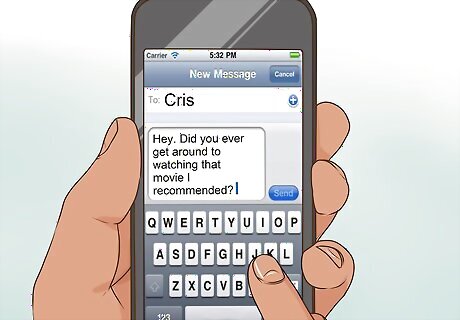
Send messages sparingly at first. You don’t want to bombard him with text messages (or messages on any other online platform), especially in the first few weeks after he rejected you. Once you have let some time pass, try sending a simple message inquiring about something unrelated to your relationship or what happened between the two of you. Try texting something like, “Hey. Did you ever get around to watching that movie I recommended?” Or maybe, “Hey. See you at the party this weekend?” Keep it light and casual. You can build from there.











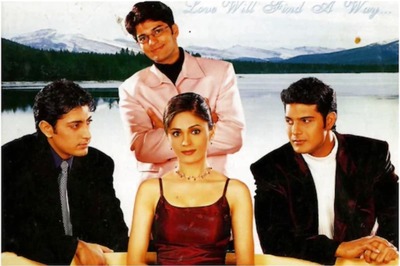


Comments
0 comment